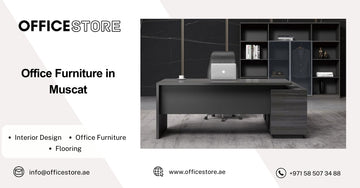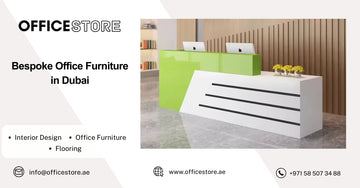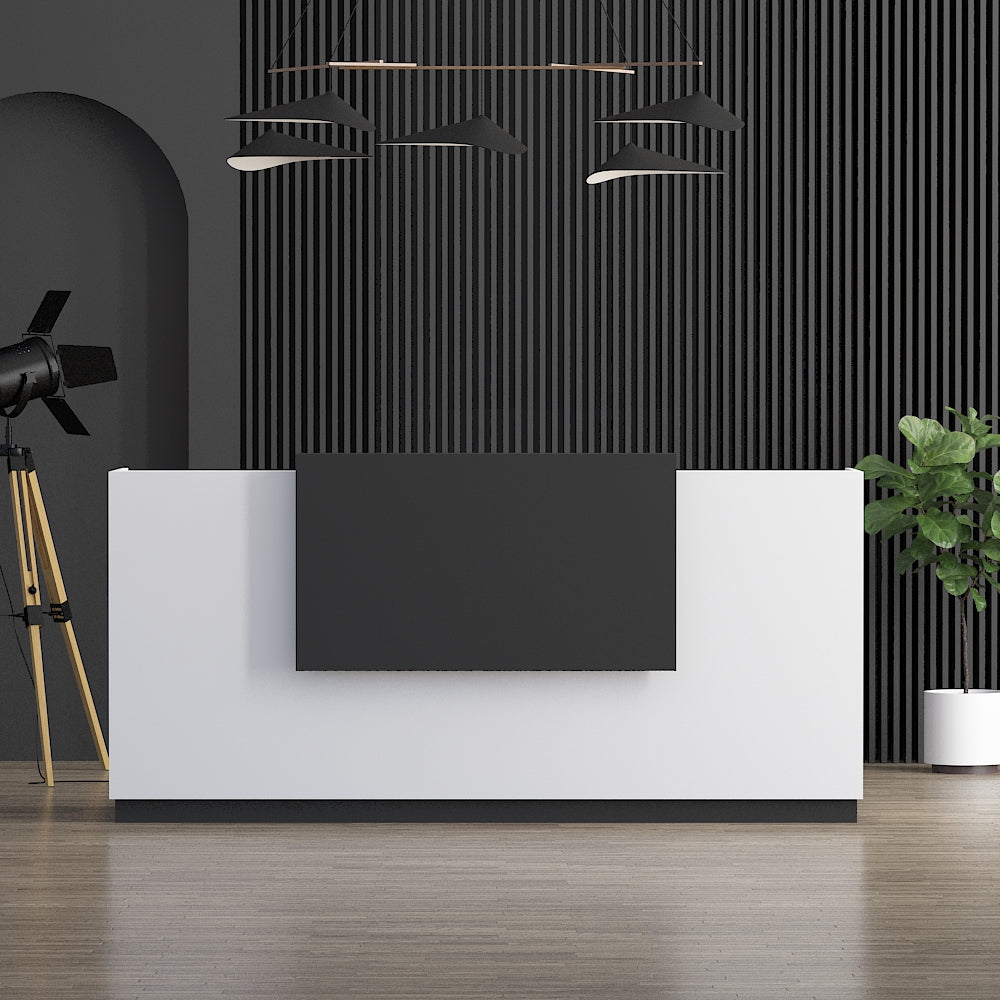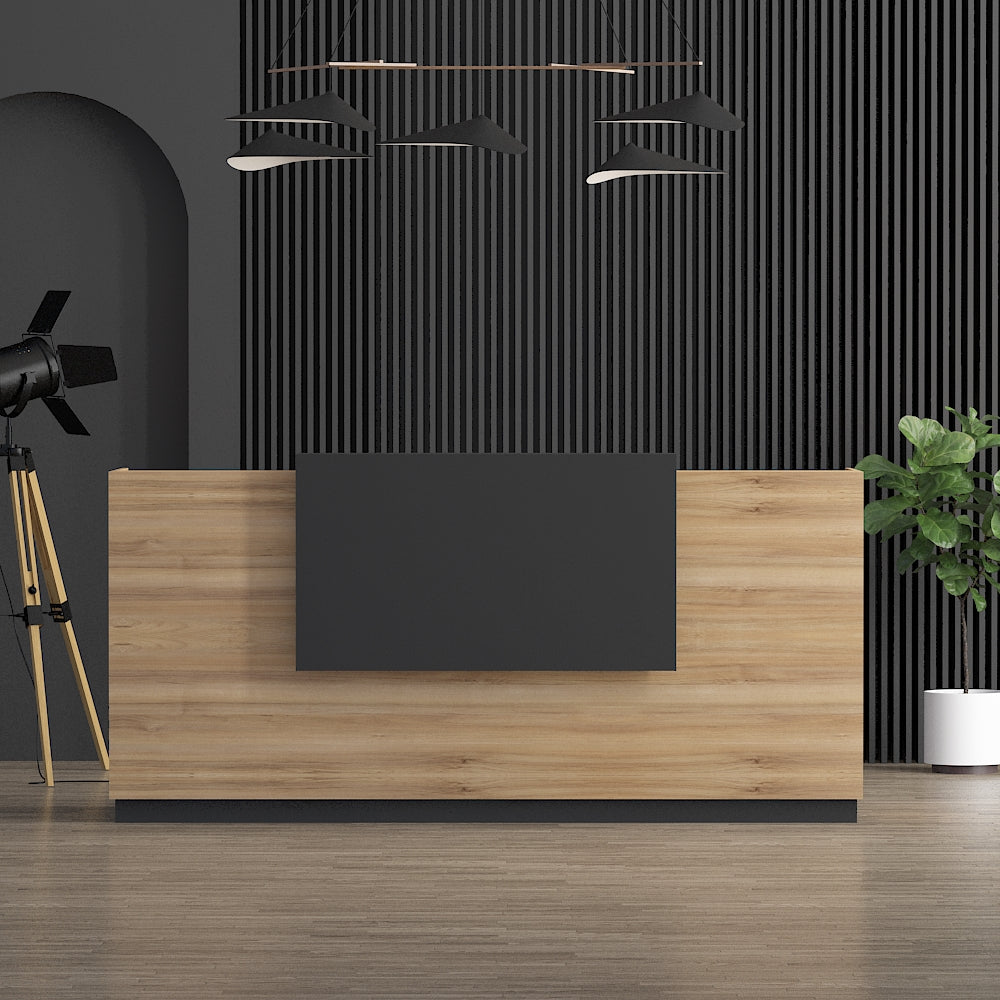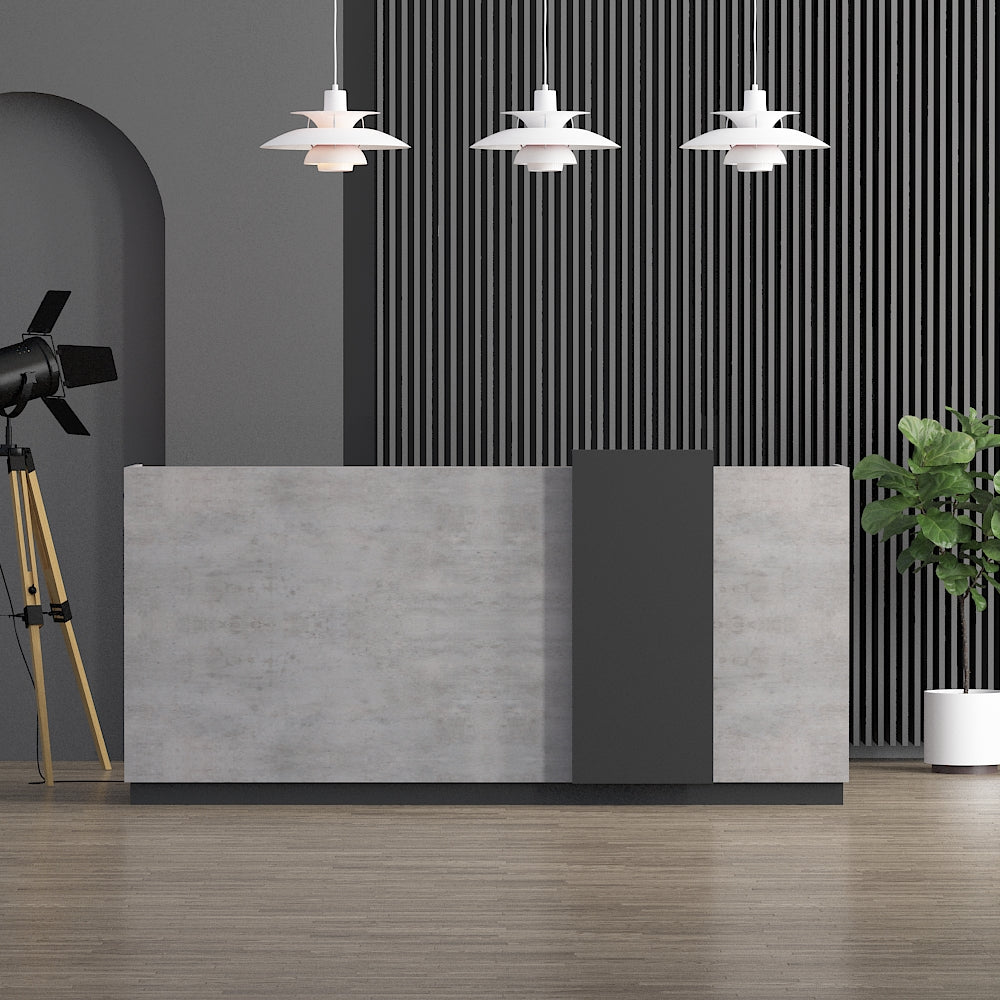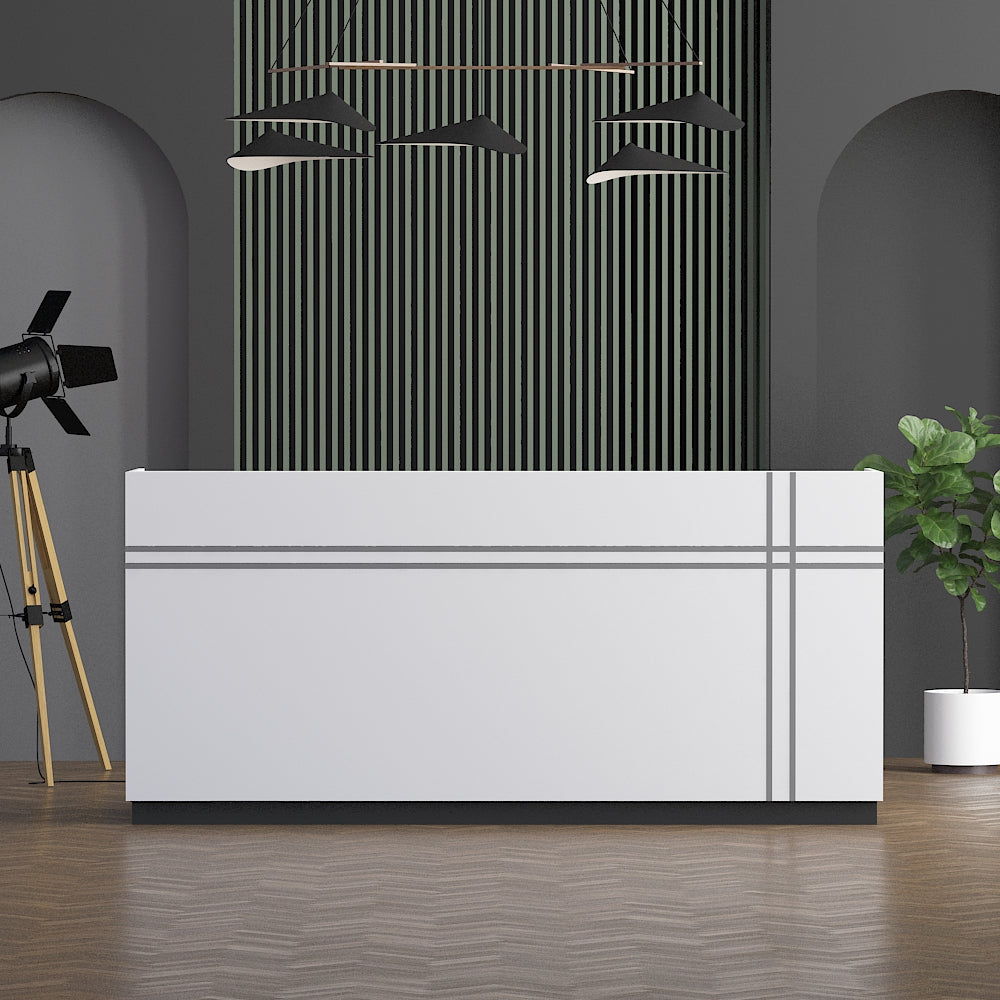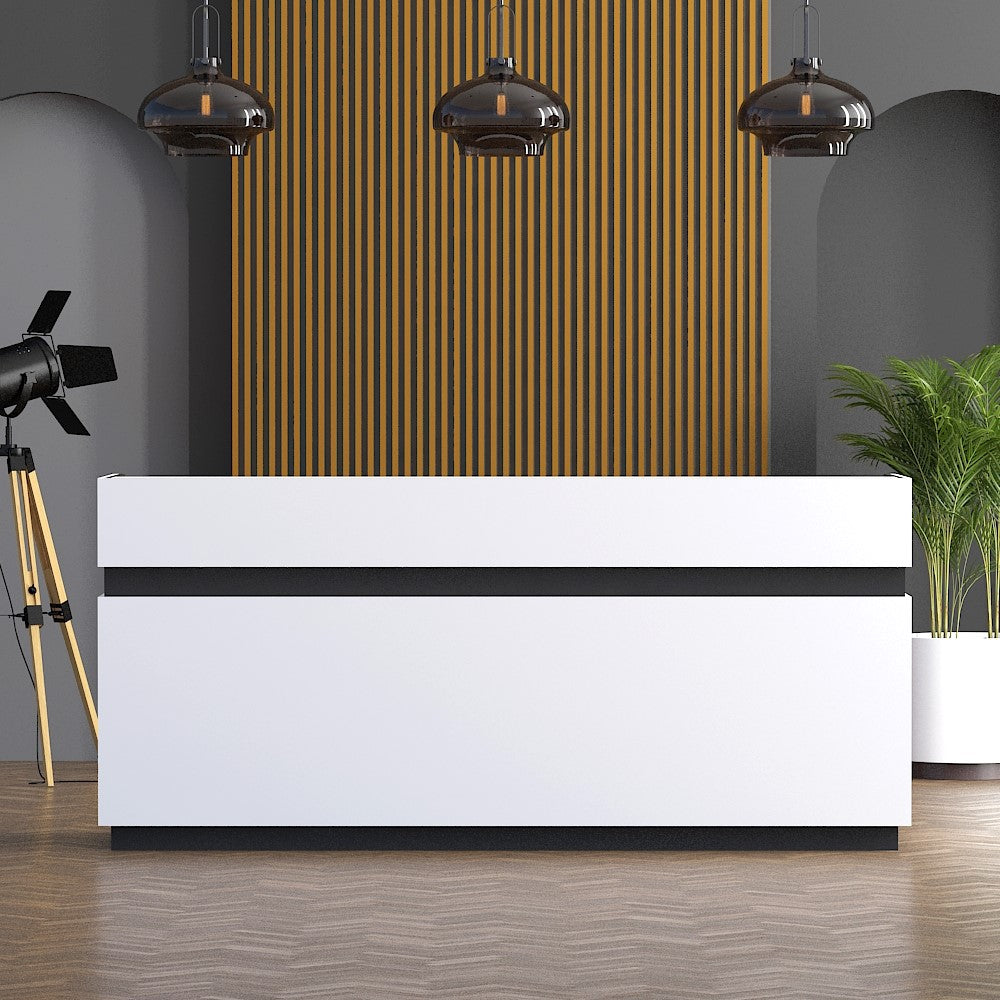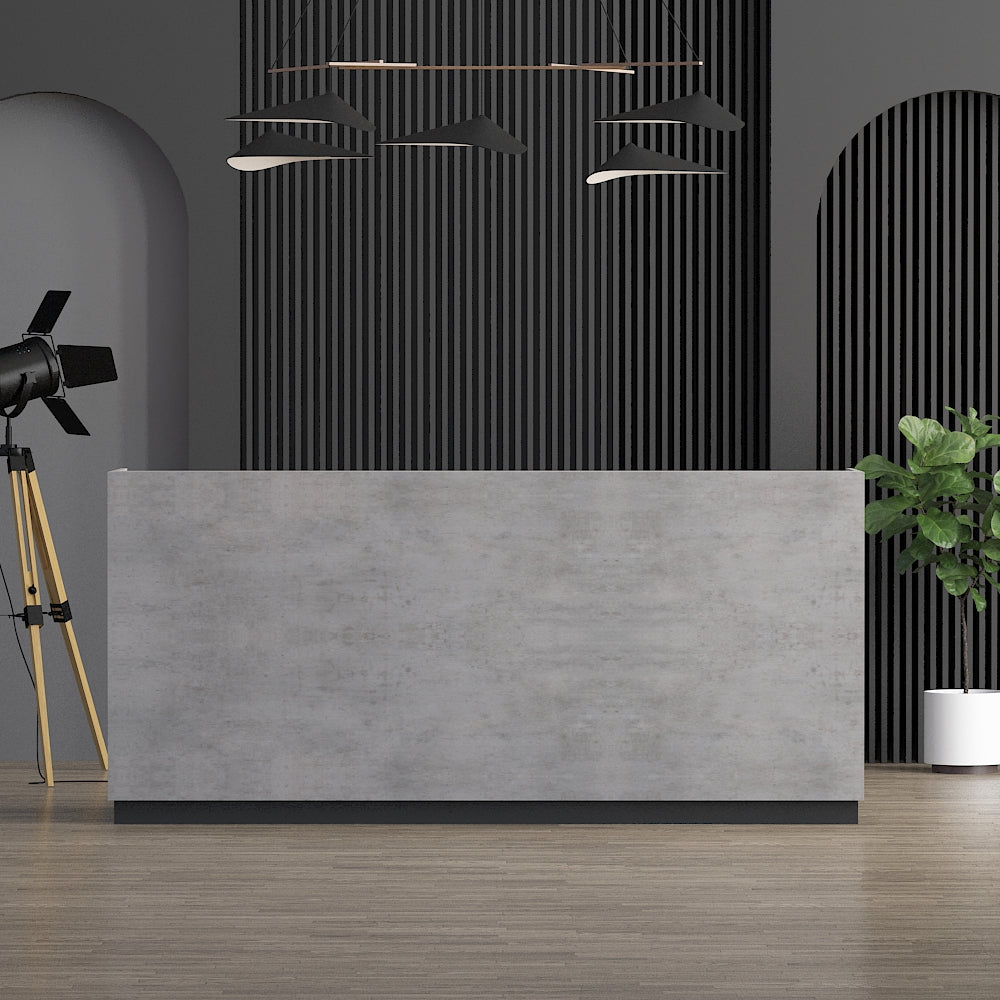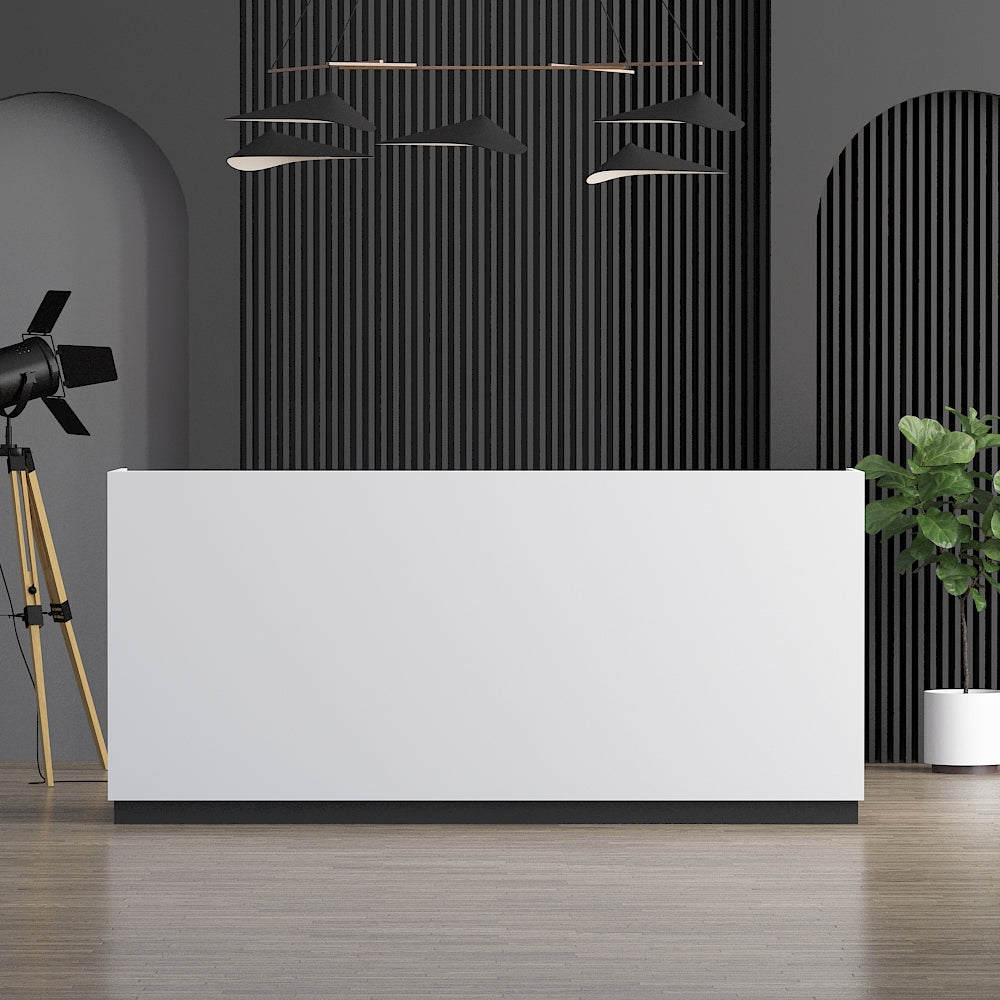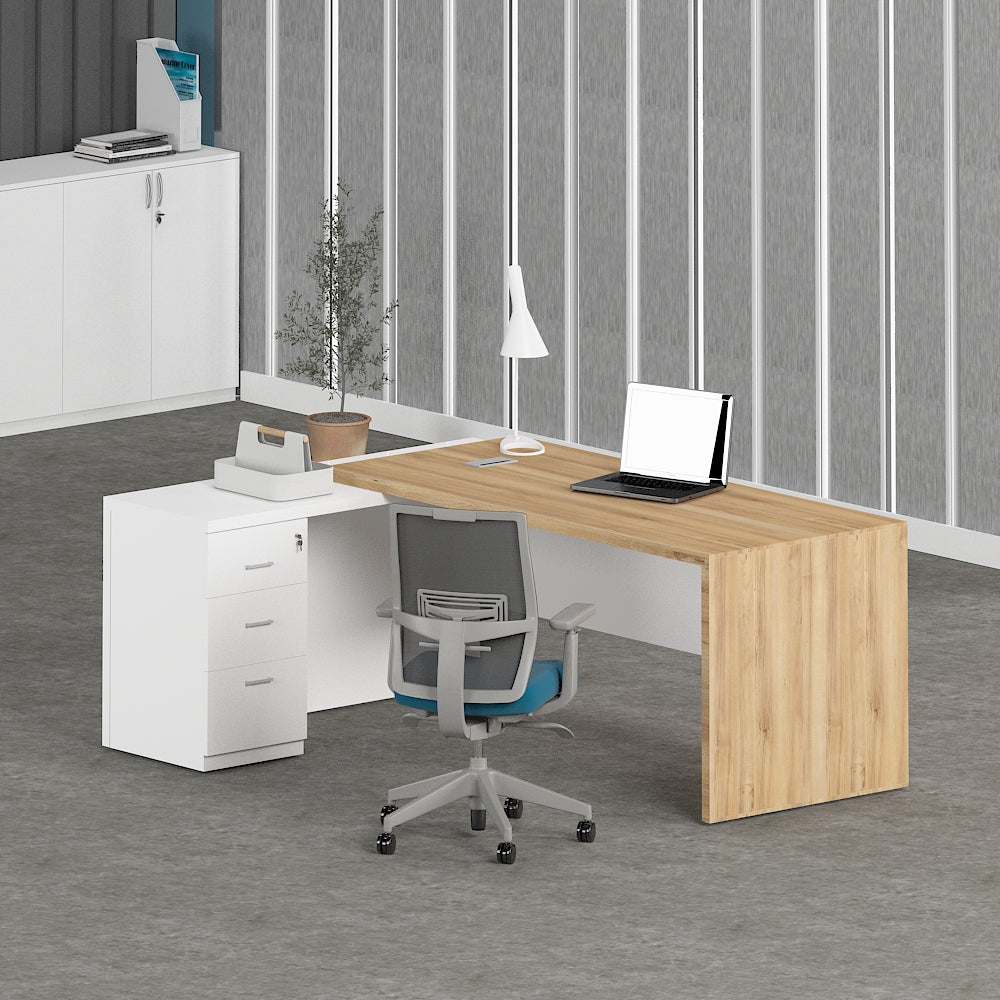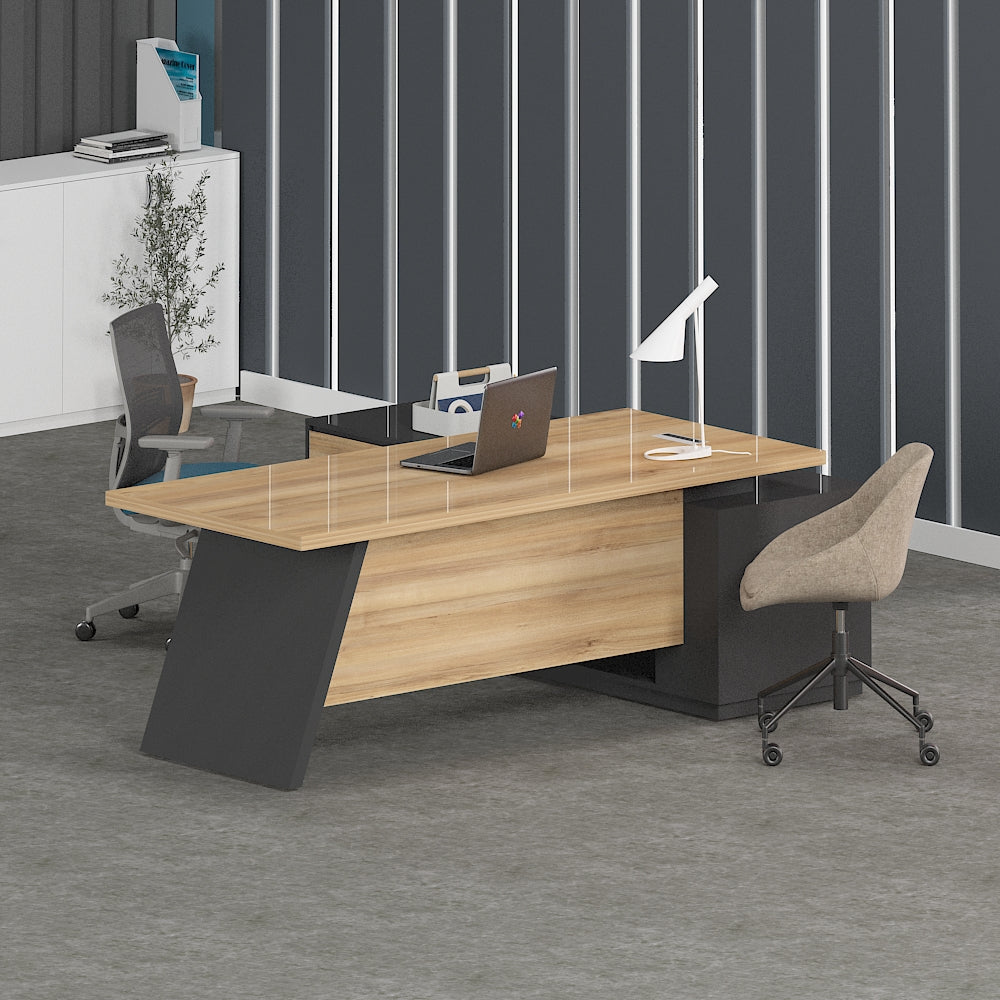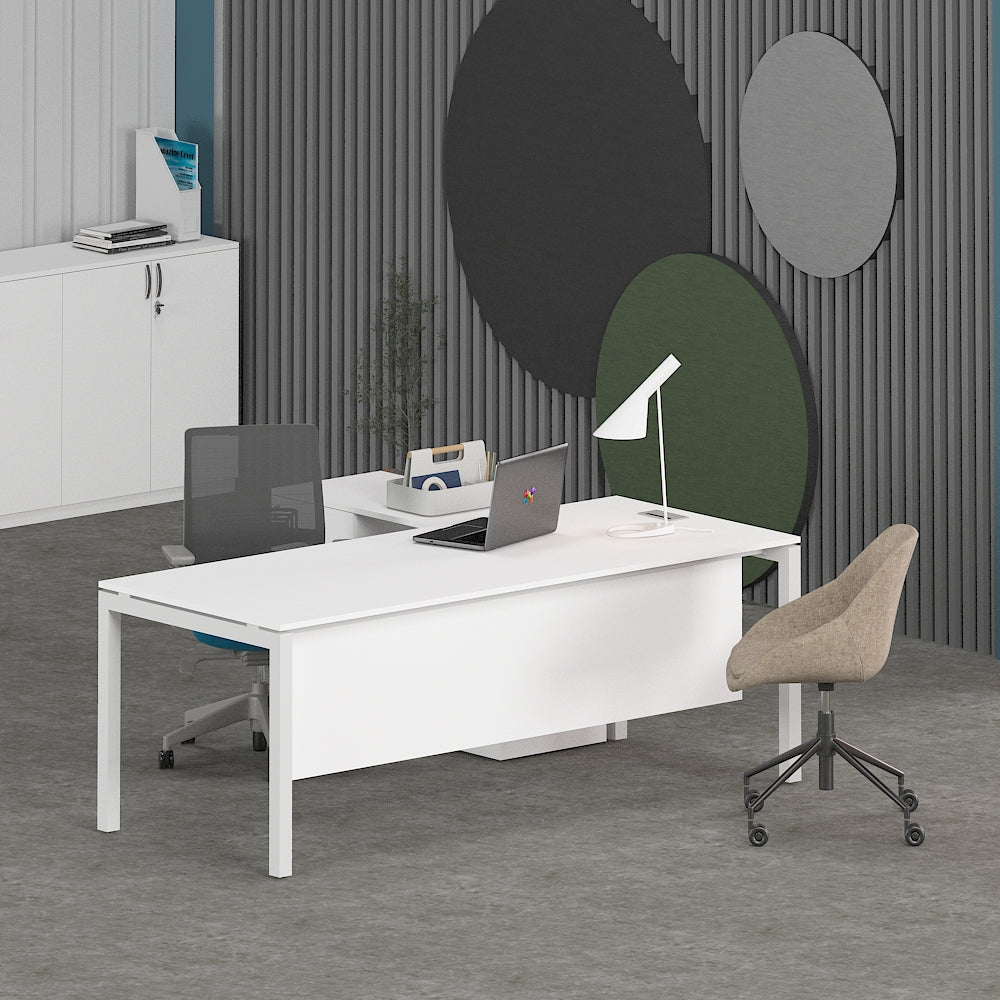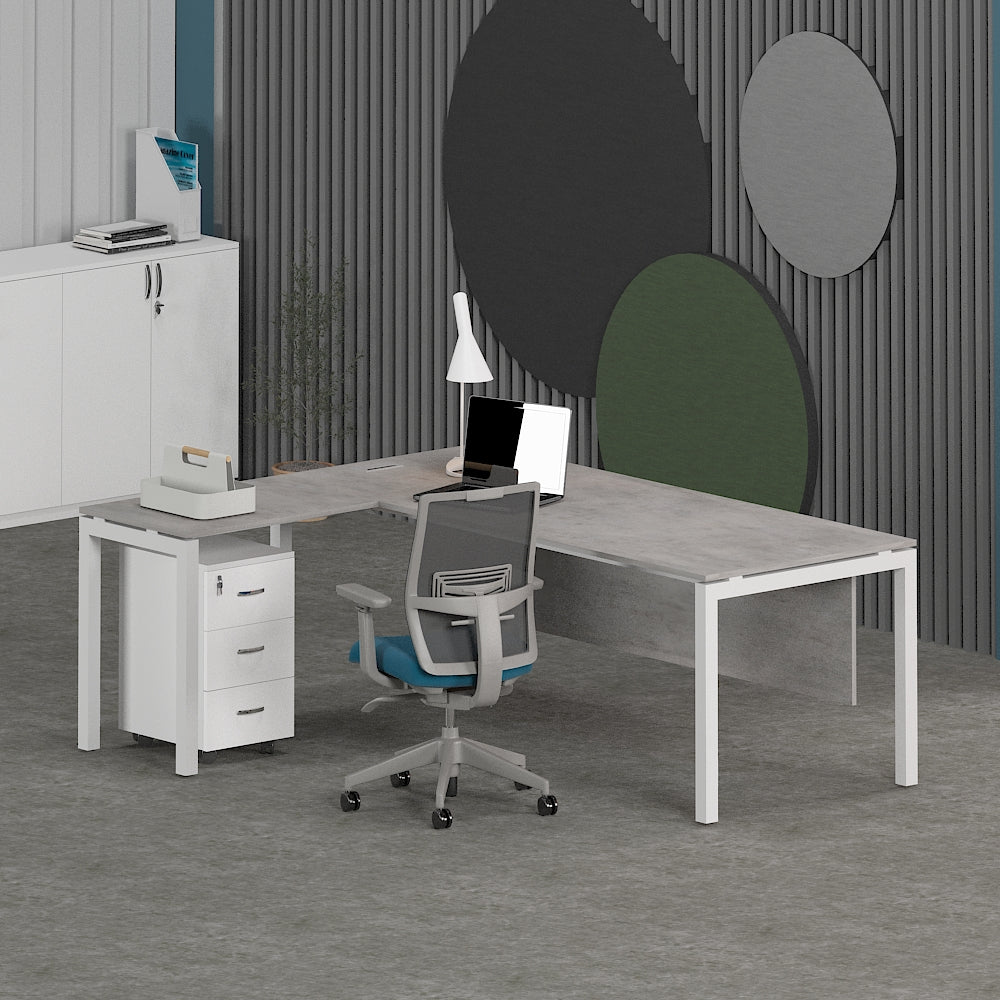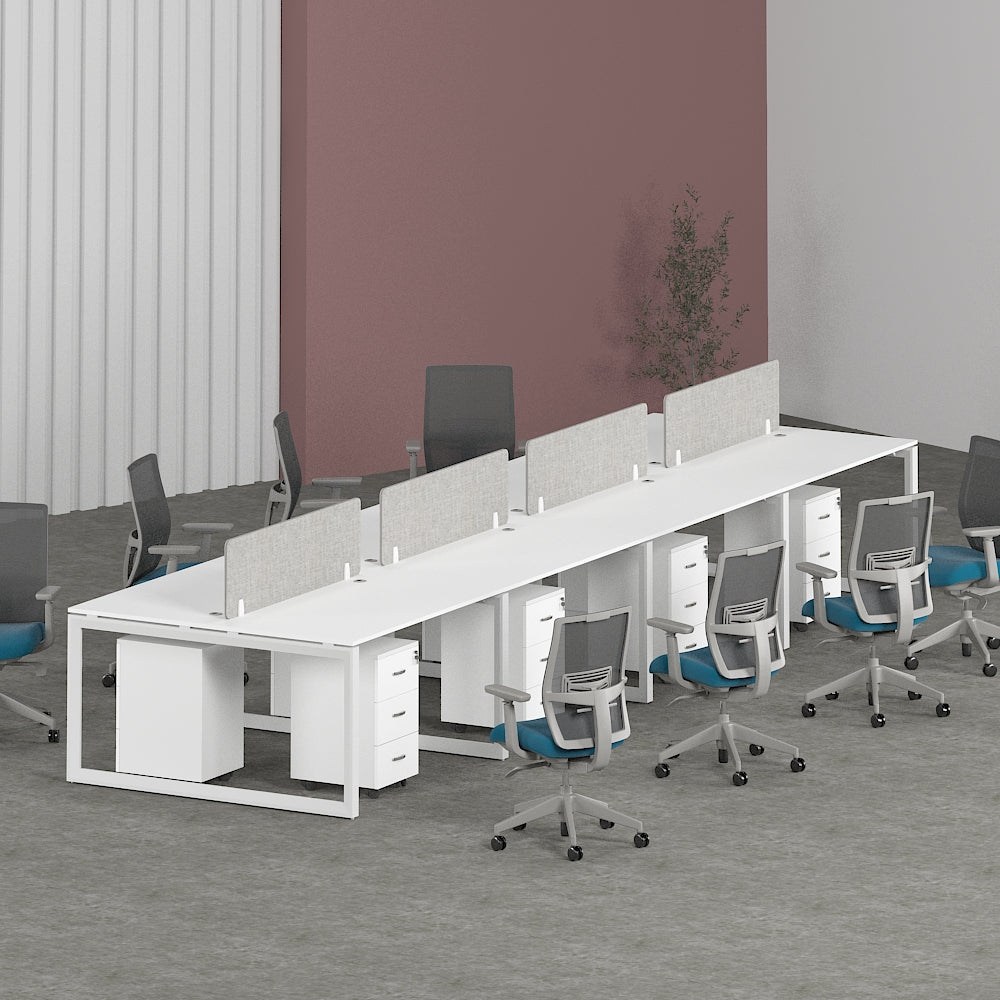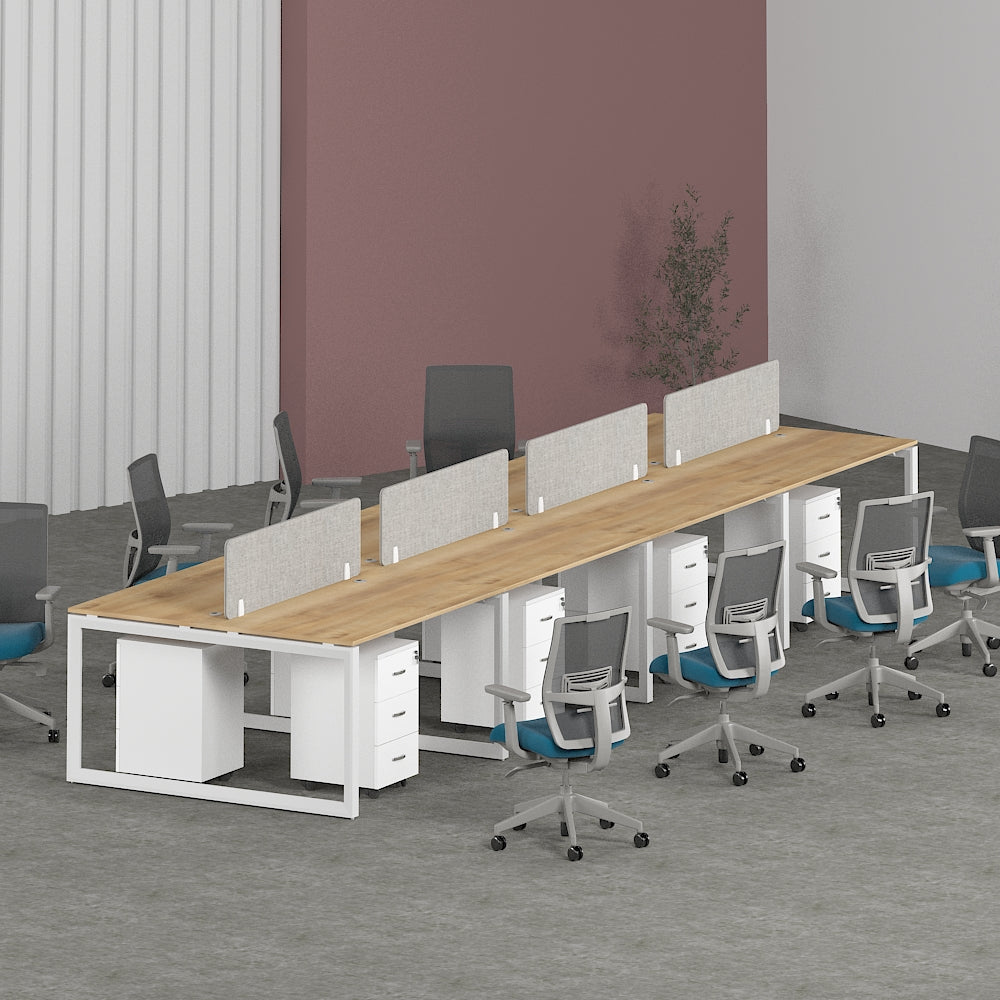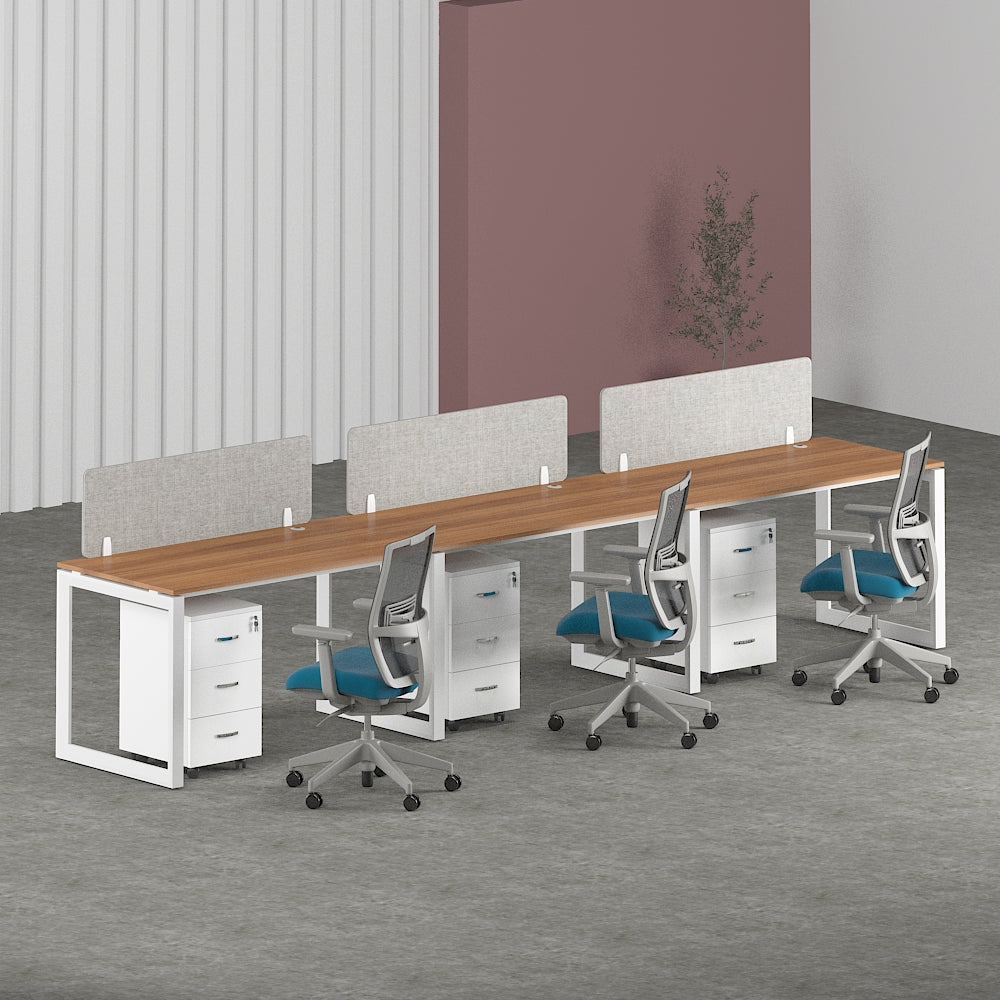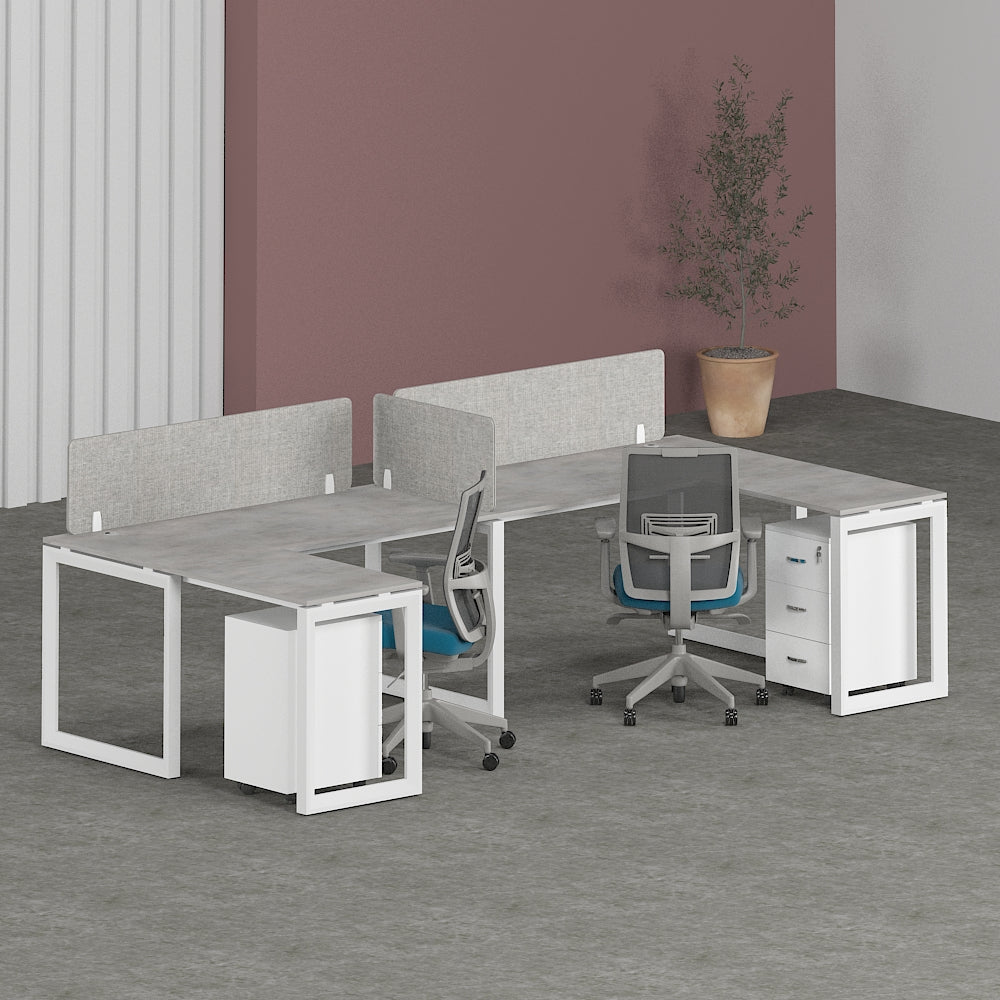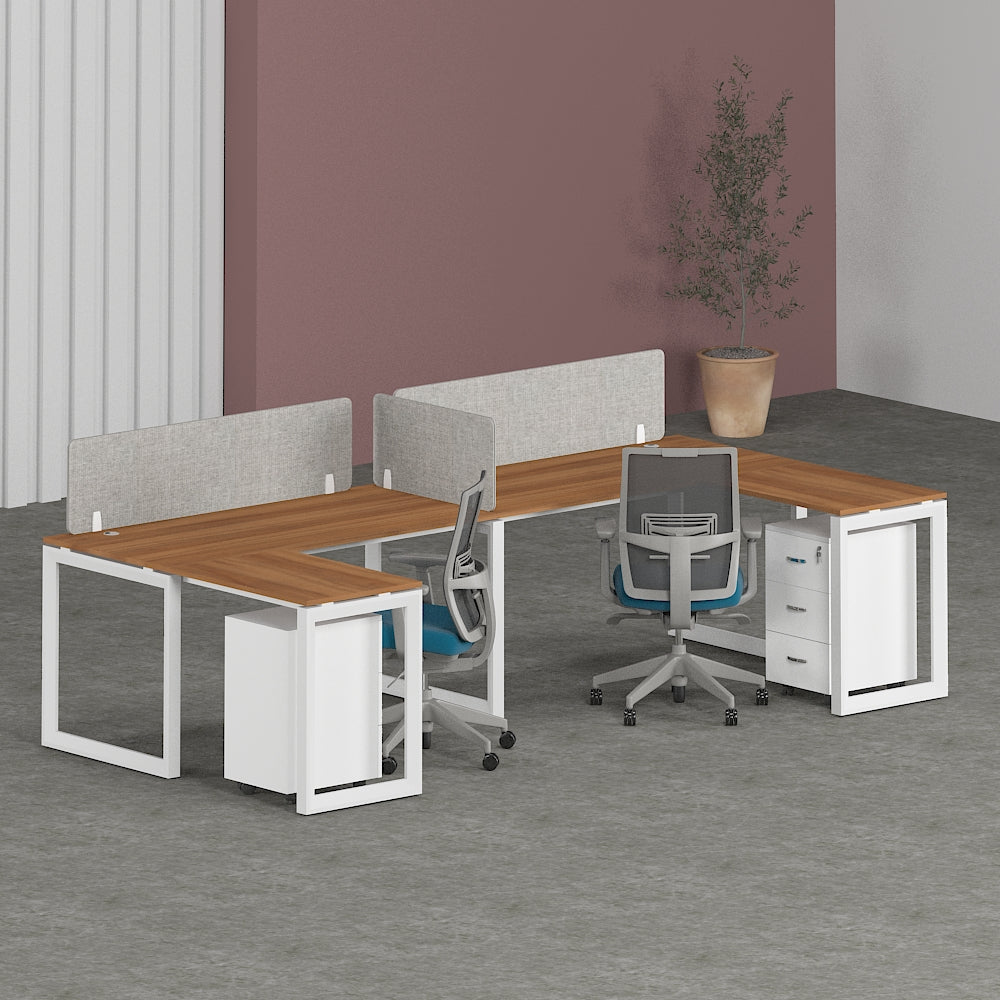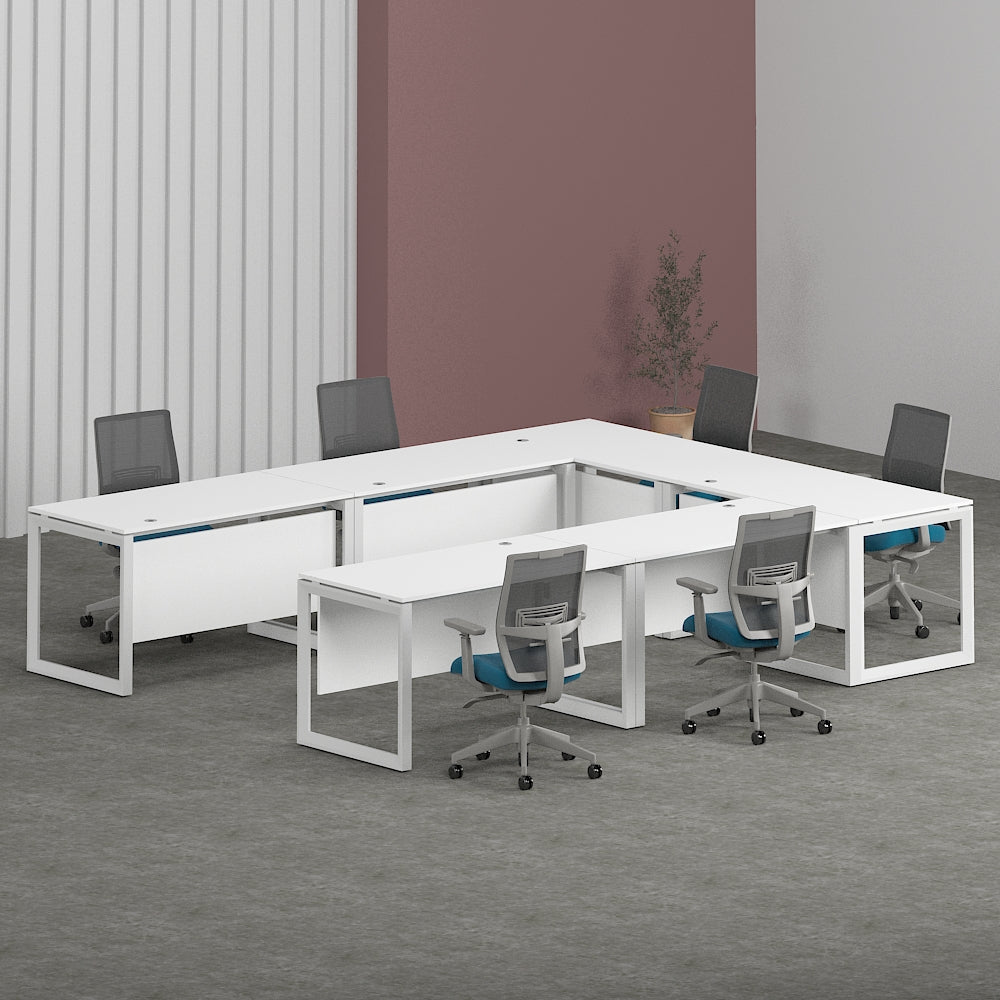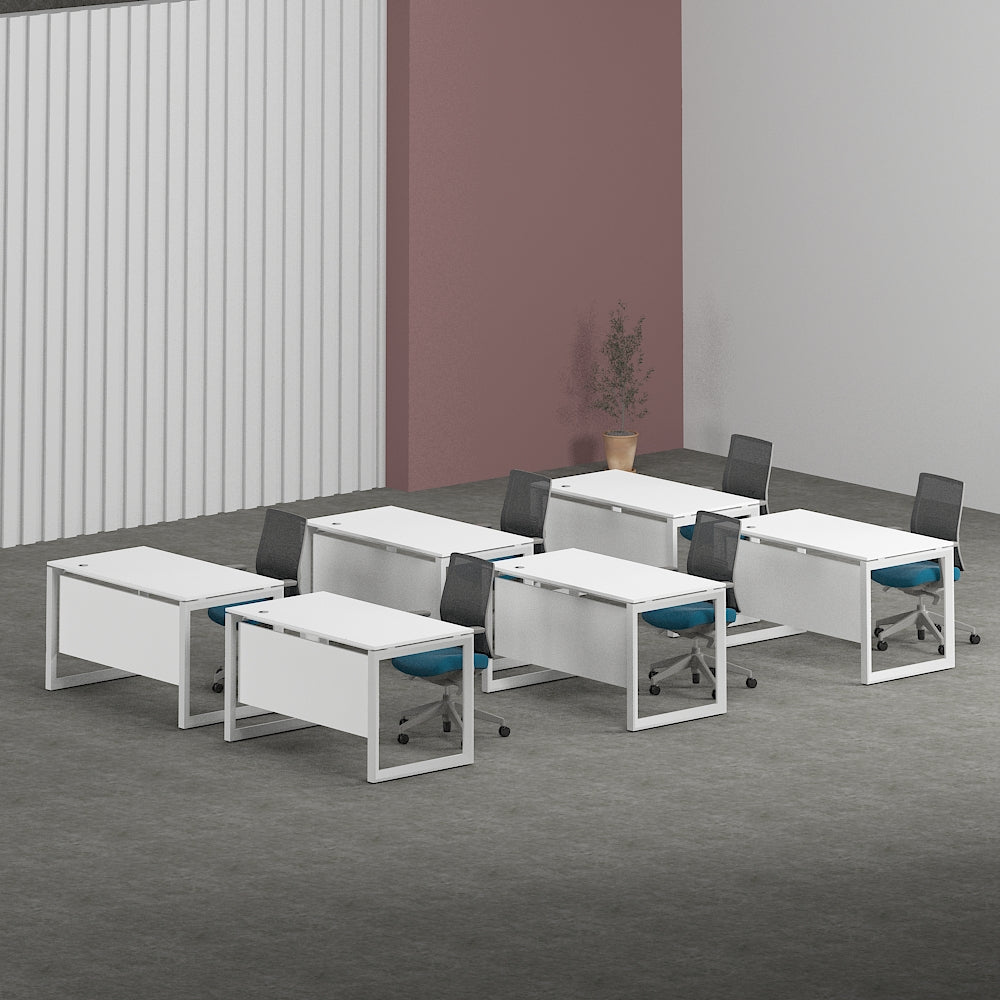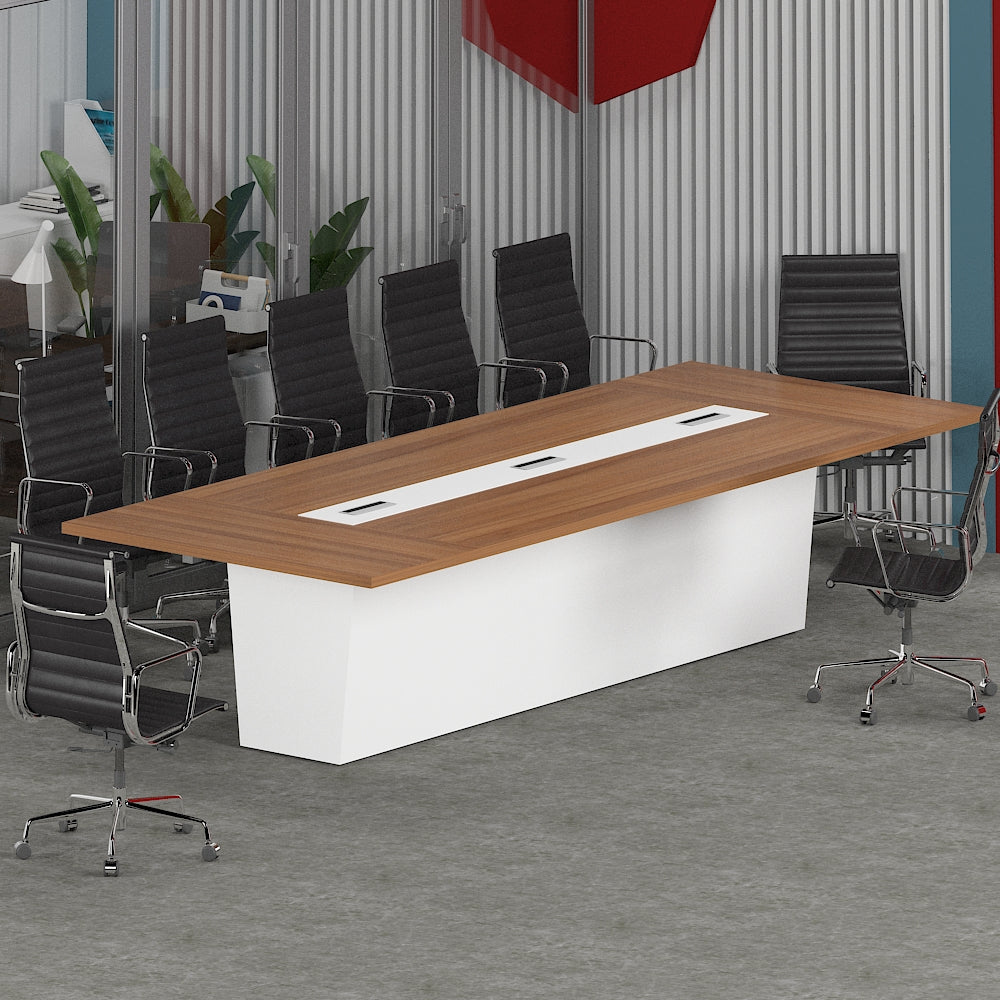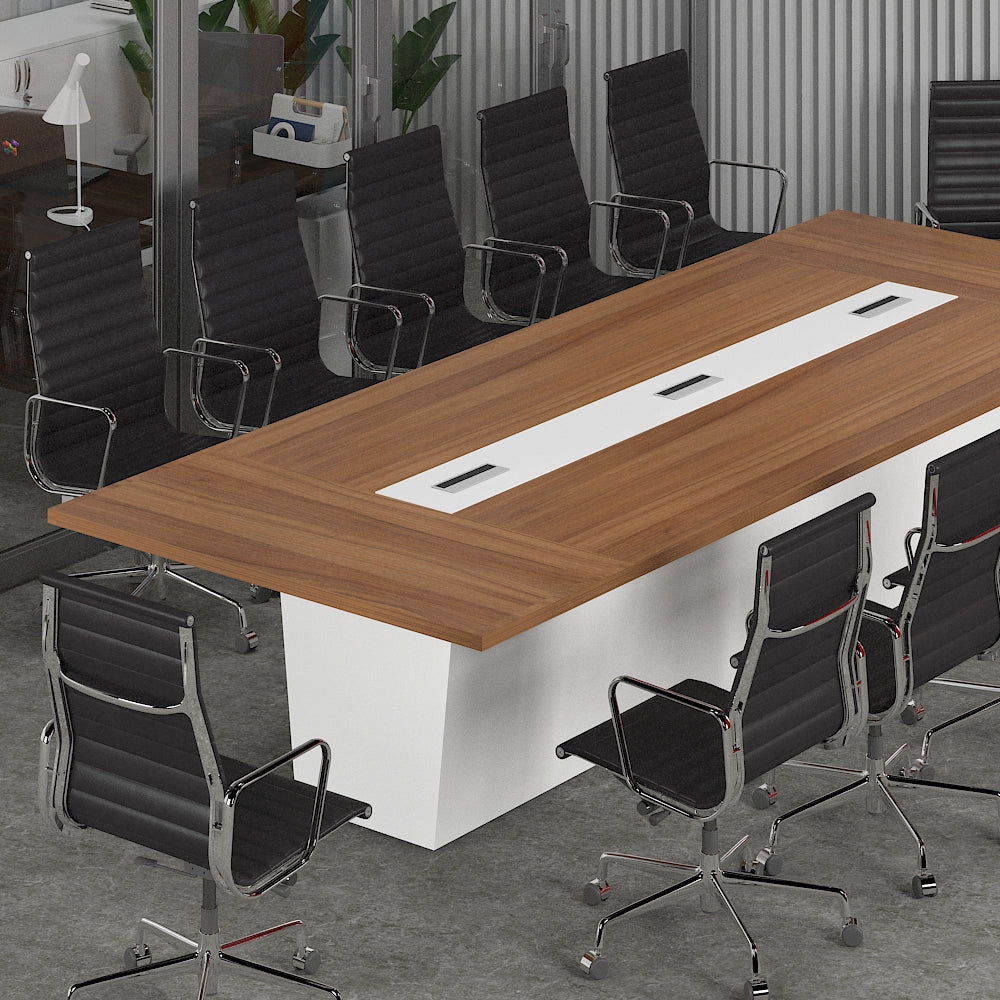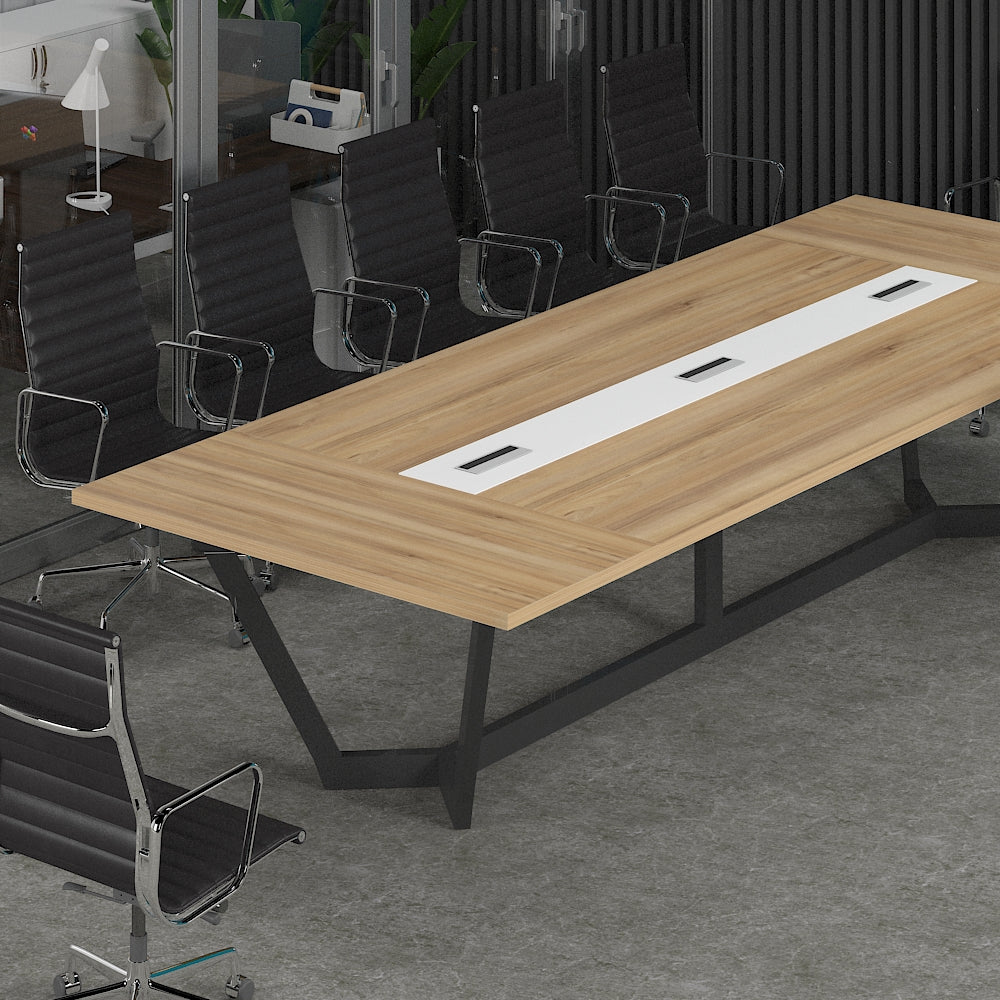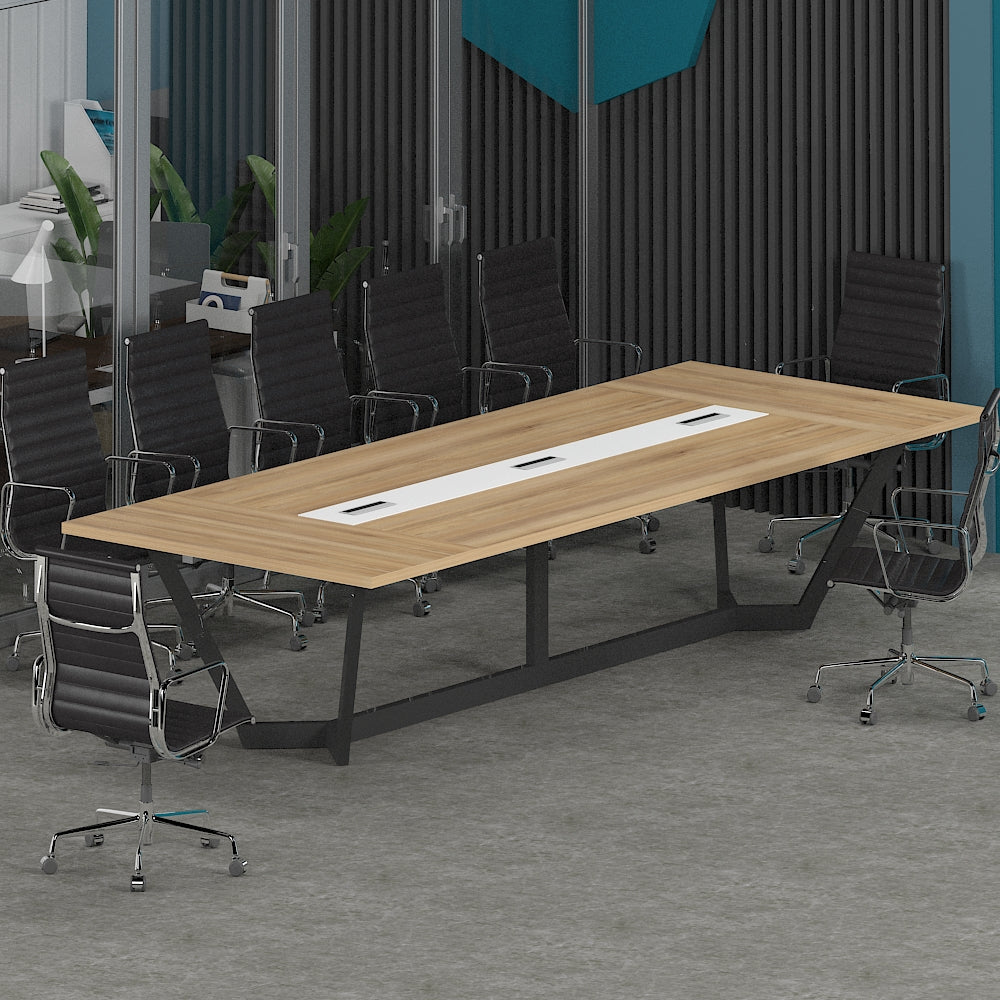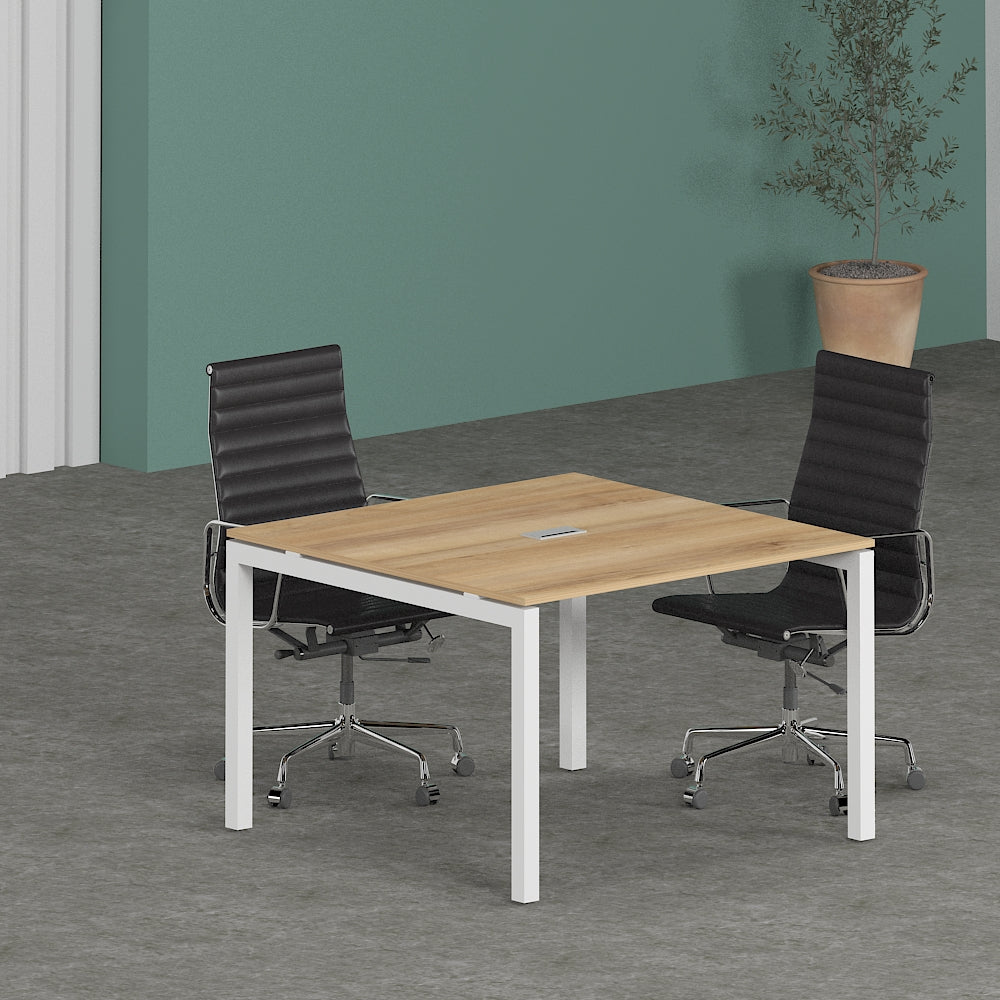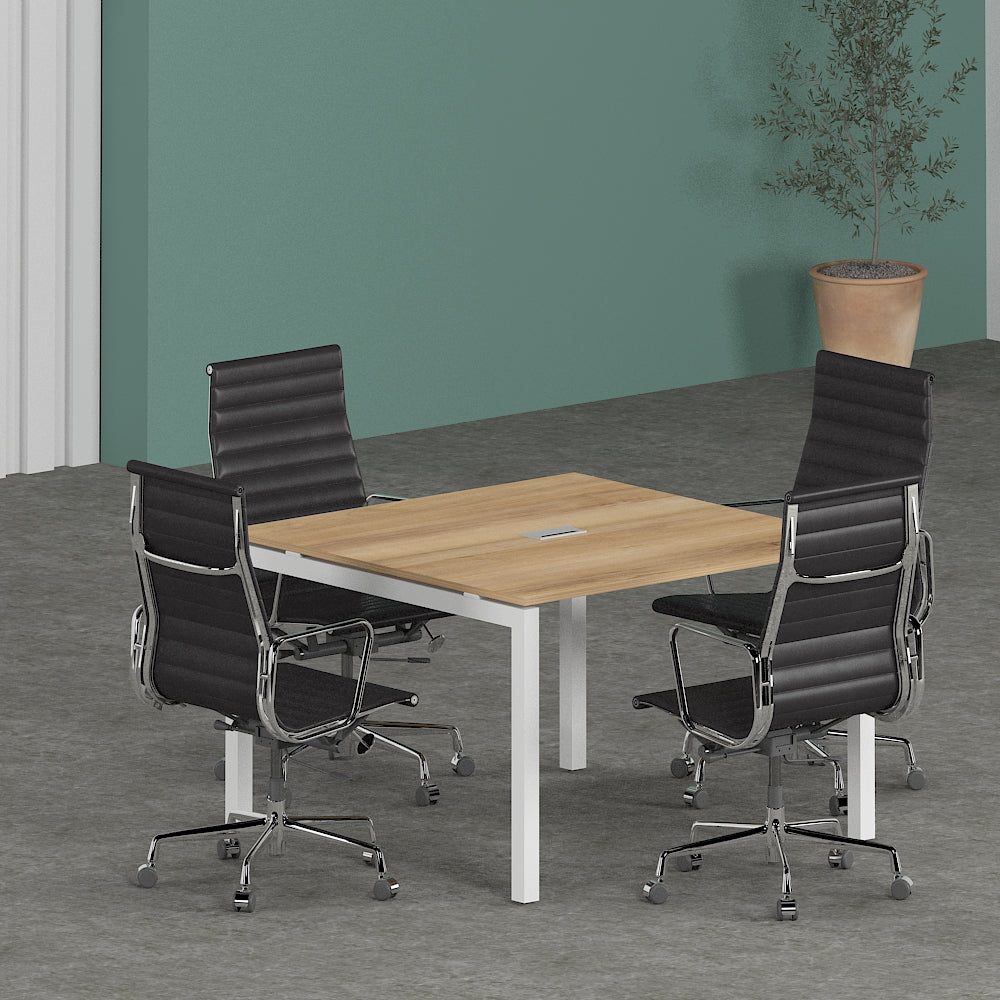Office cubicles have long been a staple in workplace design, offering a balance between privacy and collaboration. But are they truly the ideal solution for modern offices? In this article, we'll delve into the pros and cons of office cubicles to help you understand whether they're the right fit for your workspace.
Understanding Office Cubicles
What Are Office Cubicles?
Before we dive into the advantages and disadvantages, let's clarify what office cubicles are. Essentially, they're partitioned workspaces that provide employees with their own enclosed area within an open office layout.
Advantages of Office Cubicles
Enhanced Privacy
One of the primary benefits of office cubicles is the enhanced privacy they offer. Unlike open-plan offices where everyone works in the same space, cubicles provide employees with their own semi-private area, reducing distractions and fostering focus.
Customizable Workspaces
Office cubicles can be customized to suit individual preferences and job requirements. Employees can personalize their workspace with photos, decorations, and ergonomic accessories, creating a comfortable environment that boosts productivity.
Office Cubicle Advantages
Cost-Effectiveness
From a financial perspective, office cubicles are often more cost-effective than traditional enclosed offices. They require less square footage, allowing companies to accommodate more employees within the same space without the need for extensive renovations.
Promotes Collaboration
While cubicles offer privacy, they also facilitate collaboration when needed. Employees can easily communicate and collaborate with their neighbors, striking a balance between independent work and team interaction.
Disadvantages of Office Cubicles
Lack of Privacy
Despite providing more privacy than open-plan offices, cubicles still fall short in comparison to fully enclosed offices. Conversations can be overheard, and visual distractions are still present, leading to a reduction in privacy compared to private offices.
Potential for Isolation
While cubicles can promote collaboration, they can also foster a sense of isolation. Employees may feel disconnected from their colleagues, leading to a decline in morale and teamwork.
Office Cubicle Disadvantages
Limited Space and Storage
Office cubicles are known for their compact design, but this can also be a drawback. Limited space and storage options may lead to cluttered work areas, hindering productivity and organization.
Lack of Natural Light
In many office settings, cubicles are situated along the interior walls, away from windows and natural light. This lack of exposure to sunlight can negatively impact employee well-being, contributing to fatigue and a decrease in mood.
Cubicle Workspace Analysis
Ergonomic Concerns
Another aspect to consider is the ergonomic impact of office cubicles. Improperly designed workstations can lead to musculoskeletal issues such as back pain and repetitive strain injuries, affecting employee health and productivity.
Maintenance Challenges
Maintaining office cubicles can be challenging, especially in terms of cleanliness and upkeep. Dust and debris can accumulate in the enclosed spaces, requiring regular cleaning to ensure a healthy work environment.
Benefits of Cubicles in the Workplace
Flexibility and Adaptability
Despite their drawbacks, office cubicles offer flexibility and adaptability in office design. They can be easily reconfigured to accommodate changing business needs, making them a versatile option for dynamic work environments.
Noise Reduction
While not completely soundproof, cubicles can help reduce noise levels in the office, creating a quieter and more conducive work environment for tasks that require concentration.
Drawbacks of Office Cubicle Design
Creativity and Innovation
Some critics argue that office cubicles stifle creativity and innovation by limiting interactions and idea-sharing. The enclosed nature of cubicles may discourage spontaneous collaboration and hinder the flow of creativity.
Employee Satisfaction
Ultimately, the pros and cons of office cubicles can significantly impact employee satisfaction. While some individuals may thrive in a more private workspace, others may feel constrained and stifled by the lack of interaction and natural light.
Conclusion
In conclusion, office cubicles offer a blend of privacy, collaboration, and cost-effectiveness, making them a popular choice for many workplaces. However, they also come with drawbacks such as limited space, ergonomic concerns, and potential isolation. When considering whether to implement cubicles in your office, weigh the pros and cons carefully to determine the best solution for your team.
FAQs (Frequently Asked Questions)
1. Are office cubicles suitable for all types of businesses?
- Office cubicles can be suitable for various industries, but it ultimately depends on the company's culture and workflow preferences.
2. How can I maximize the benefits of office cubicles?
- To maximize the benefits, consider investing in ergonomic furniture, providing ample storage solutions, and fostering a culture of collaboration.
3. Can office cubicles be reconfigured easily?
- Yes, most modern office cubicles are designed to be easily reconfigured to accommodate changing needs and office layouts.
4. What are some alternatives to office cubicles?
- Alternatives to office cubicles include open-plan offices, hot-desking arrangements, and remote work options.
5. How can I address the drawbacks of office cubicles?
- Address drawbacks by implementing strategies such as regular maintenance, providing opportunities for team-building activities, and incorporating biophilic design elements.


